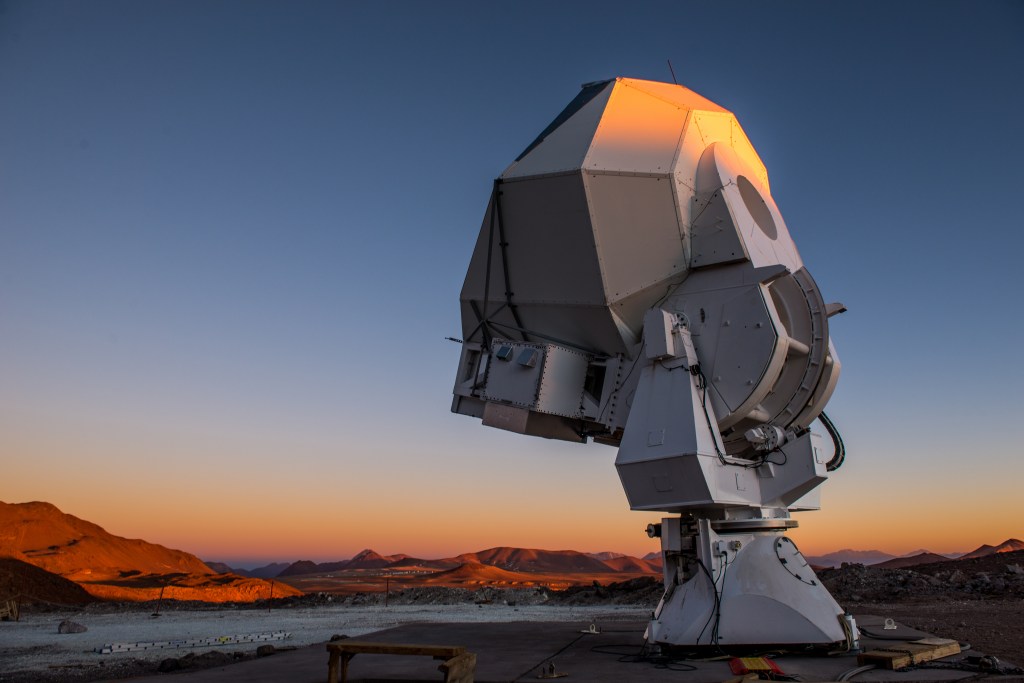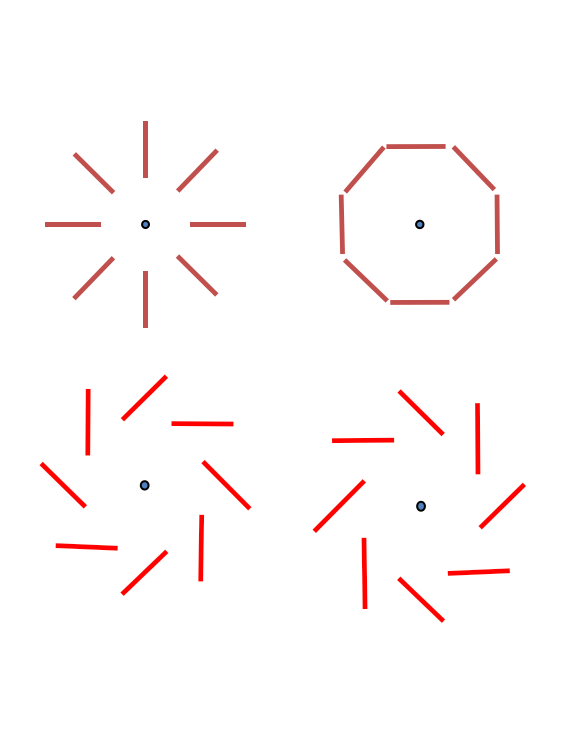
What is CMB?
The Cosmic Microwave Background (CMB) is the oldest light that we can observe today. It was created when the Universe was only 380,000 years old and filled the entire Universe. At that time, the Universe had expanded enough to become less opaque and allowed photons to escape from interacting with free particles.
More than 13 billion years after that, the Universe has been continually expanded and cooled. The wavelength of these photons has been shifted (also known as “redshifted”) and their temperature has decreased to just 2.7 Kelvin as we can observe in the present time.
Because the CMB is the furthest backlight that we can study, it is the most important evidence for understanding the origin of the Universe. Furthermore, as they traveled across the Universe, CMB photons were deflected by the gravitational lensing effect from the cosmic structures (also known as the large scale structure). This deflection of light helps us to understand the composition and the formation of structure in the Universe.

The Huan Trans Telescope holding the POLARBEAR receiver at the James Ax Observatory, Chile
What is POLARBEAR?
POLARBEAR is a CMB polarization experiment located in the northern Chile. Our primary goal is to detect a faint CMB B-mode which would be the evidence of Inflationary theories. These theories predicted that the early universe went through a phase of rapid expansion which generated primordial gravitational waves. These gravitational waves also imprinted their signature, a primordial B-mode polarization, into the CMB polarization.
Additionally, the gravity from early times influences the universe to form large-scale structures which can be observed in the present time. These structures distorted the early CMB photons and transform E-mode polarization to B-mode polarization. The measurements from POLARBEAR can also help us further understand the components of the universe including the neutrino mass and dark energy.
POLARBEAR was deployed in the Atacama Desert in October 2011 and saw a first light in January 2012. Since then the POLARBEAR collaboration has been publishing numerous publications including the first detection of CMB B-mode polarization produced by gravitational lensing in 2014 (more detail).

What is Simons Array?
The Simons Array is the expansion of the POLARBEAR experiment. When it is completed, it will consist of three telescopes. Each of these will be deployed with more than 7,500 dual-polarization detectors. Combining the three receivers, the Simons Arrays will have more than 22,000 detectors, which is 18 times more than POLARBEAR. This increase in the number of detectors along with the use of more advanced readout technology, help us enhance the capacity for the detection of the B-mode polarization from the inflation (more detail) .

Why Chile?
It is well-known that atmospheric water vapor can obstruct of CMB astronomy due to absorption and attenuation of millimeter-wave photons. With an elevation of more than 5000 meters above sea level, the Atacama desert in Chile has been recognized as one of the driest places in the world. This is why many astronomical sites are located in this area include POLARBEAR.

Want to know more?
Here is a selected list of paper about the POLARBEAR and the Simons Array.
- Z. Kermisha, P. Ade, A. Anthony et.,al. “The POLARBEAR experiment,” Proc. SPIE 8452, Millimeter, Submillimeter, and Far-Infrared Detectors and Instrumentation for Astronomy VI, 84521C (24 September 2012); doi: 10.1117/12.926354
- N. Stebor, P. Ade, Y. Akiba, et.,al. “The Simons Array CMB polarization experiment,” Proc. SPIE 9914, Millimeter, Submillimeter, and Far-Infrared Detectors and Instrumentation for Astronomy VIII, 99141H (20 July 2016); https://doi.org/10.1117/12.2233103
- The POLARBEAR Collaboration. “A MEASUREMENT OF THE COSMIC MICROWAVE BACKGROUND B-MODE POLARIZATION POWER SPECTRUM AT SUB-DEGREE SCALES WITH POLARBEAR,” ApJ, 794, 171, 2014. doi:10.1088/0004-637X/794/2/171
“The Universe is under no obligation to make sense to you.”
Neil deGrasse Tyson